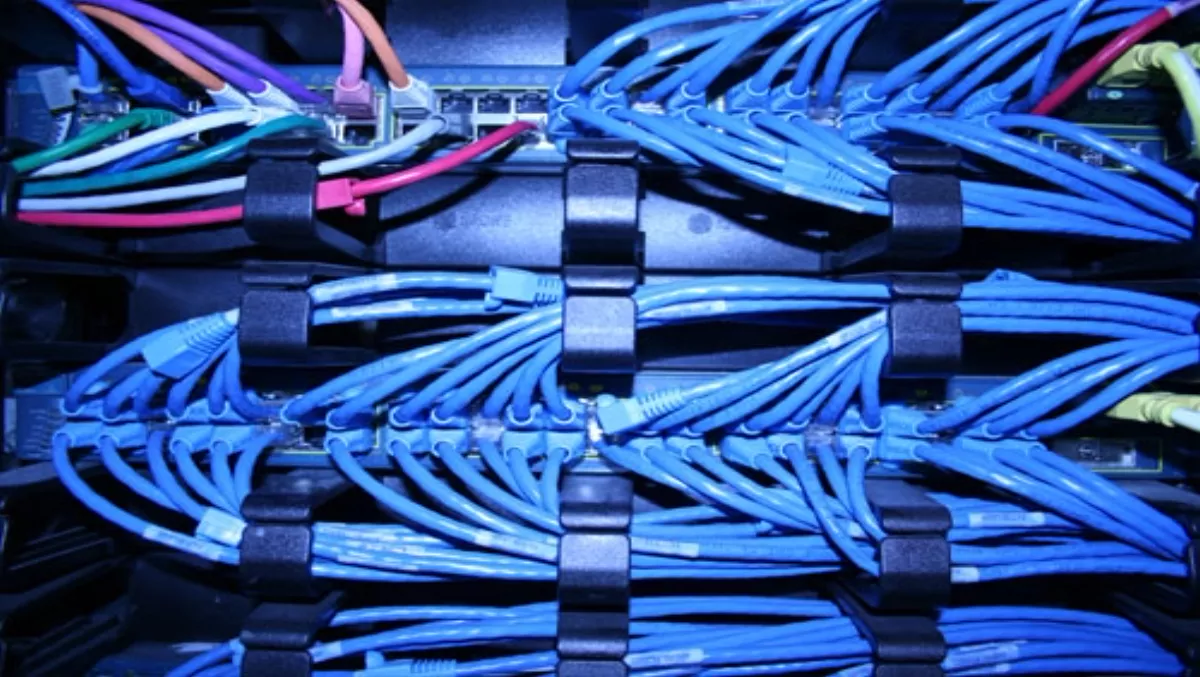
Decade of the network: Five industry predictions
Earlier this year Alcatel-Lucent’s chief technology officer Marcus Weldon offered some insights into the future of networks, claiming we’re in a period of change as significant as the broadband and internet phenomenon of the 90s.He says we’re in the decade of the network, predicting that by 2015 five fundamental changes or shifts will occur. 1. There’ll be one network. A single core high performance IP network will blur the edges between wired and wireless. Increasingly devices will have the necessary ports and modems embedded and the network will simply connect the user as appropriate2. The network will be intelligent. The cost of processing, memory and storage will have decreased to the point that embedding application level functionality into the network will make sense. This will result in more efficient use of network resources and increase the use of application aware traffic management and optimised video delivery anywhere, anytime, from any device.3. The network will be open and sustainable. Traditional service provider applications will open up to third party and web application developers to ‘mash up’ with other services to create previously unimaginable new services. The current growth of vendors defining a common set of application programming interfaces for consistent, unified network capabilities is seen as evidence of this new trend.4. The network will be a platform. Applications will run in the network not over it, accessing and connecting a pool of ‘cloud’ resources including processing and storage with application and network increasingly seen as interdependent.5. The network will be green. The 30 x capacity increase in networks expected to meet growing demand will need to be done in a cost and energy efficient way to reduce the environmental impact and operational costs. As smart devices and tablets proliferate, machine-to-machine communications will take a greater role and with open collaboration between network providers, efforts will be made to optimise the energy cost per bit.

